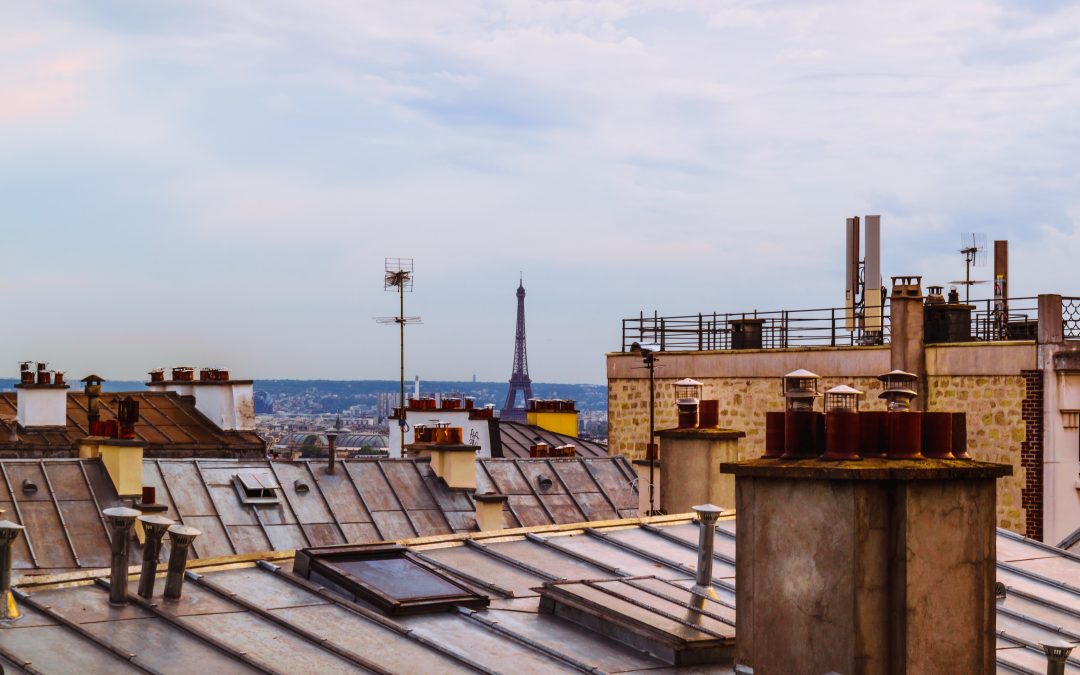Back in 1974, the Consumer Product Safety Commission issued a series of 12 fireplace and chimney safety tips, common-sense suggestions that continue to have value. More than 40 years later, they are still valuable today.
1. Be sure the fireplace was constructed for actual use, not just for decoration. Inspect it to be sure that it has adequate protective linings, smoke ducts, and that the chimney is clean and in good repair.
2. If installing a factory-made fireplace, ensure that it is not near any combustible materials and has adequate flame and heat barriers.
3. Open the damper before lighting the fire and keep it open until the ashes are cool. This will avert the build-up of poisonous gases, especially while your family is sleeping.
4. Never use gasoline, charcoal lighter, or other fuel to light or relight a fire because the vapors can explode. Never keep flammable fuels near a fire as vapors can travel the length of a room and explode.
5. Do not use coal or charcoal in a fireplace because of the danger of carbon monoxide build-up. It is not a good idea to burn trash or wrappings in fireplace fires because polystyrene foam and other coated materials can generate deadly fumes. Flying paper embers could also ignite the roof.
Artificial Logs, Fireplaces & Chimneys
6. Do not treat artificial logs like real logs. Artificial logs are usually made of sawdust and wax and have special burning properties. Be sure to read the instructions on the logs and follow them carefully. Use just one log at a time and do not add log until the fire is completely out. Never add an artificial log to a natural wood fire that is already burning.
Wait at least two hours before adding an artificial log to a natural log fire because it could cause a flare-up.
Additionally, do not poke artificial logs because the flaming wax could stick to the poker and drop onto the floor or carpet. Poking a log could also cause a flare-up.
7. Home rolled newspaper logs should never be soaked in flammable fuels of any kind because of the severe danger of explosion. Soaking the newspaper in water either before rolling or during rolling removes the clay content and will provide a better burning log. Then, stack the logs on end and let them dry for two weeks in the basement. When lighting the newspaper logs, use kindling just as you would for a regular fire.
8. Do not overload the fireplace. Large fires can lead to overheating of wall or roof materials, particularly if the fireplace is constructed of metal.
9. Always use a screen around the fireplace to keep sparks from flying out and to protect children and adults from accidental clothing ignition.
10. Warn children about the danger of fire. Do not let them play with fire.
11. Keep flammable materials such as carpets, pillows, furniture, or papers away from the fireplace area. During the holiday season, be sure the Christmas tree is not close enough to be ignited by a spark. Be especially careful of accidentally igniting holiday wrapping papers.
12. Make sure that the fire is out completely before retiring for the night or when leaving the house.
So there are 12 helpful tips to ensure premium safety with the use of your fireplace. Have any questions? Make sure to Ask the SootMaster!
(Photo courtesy of Buzac Marius)

